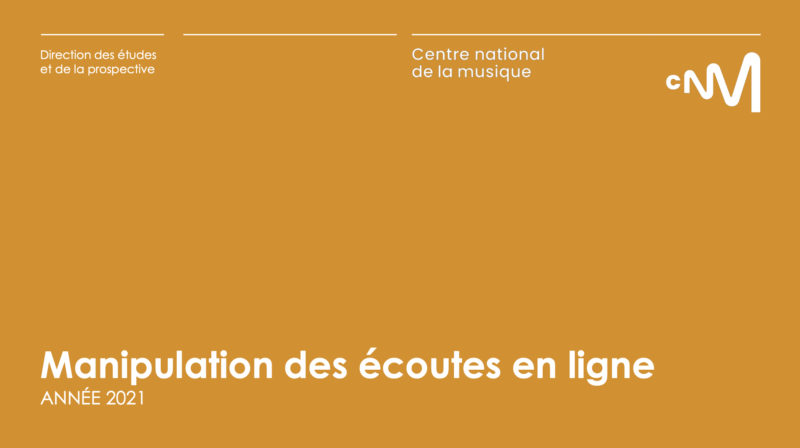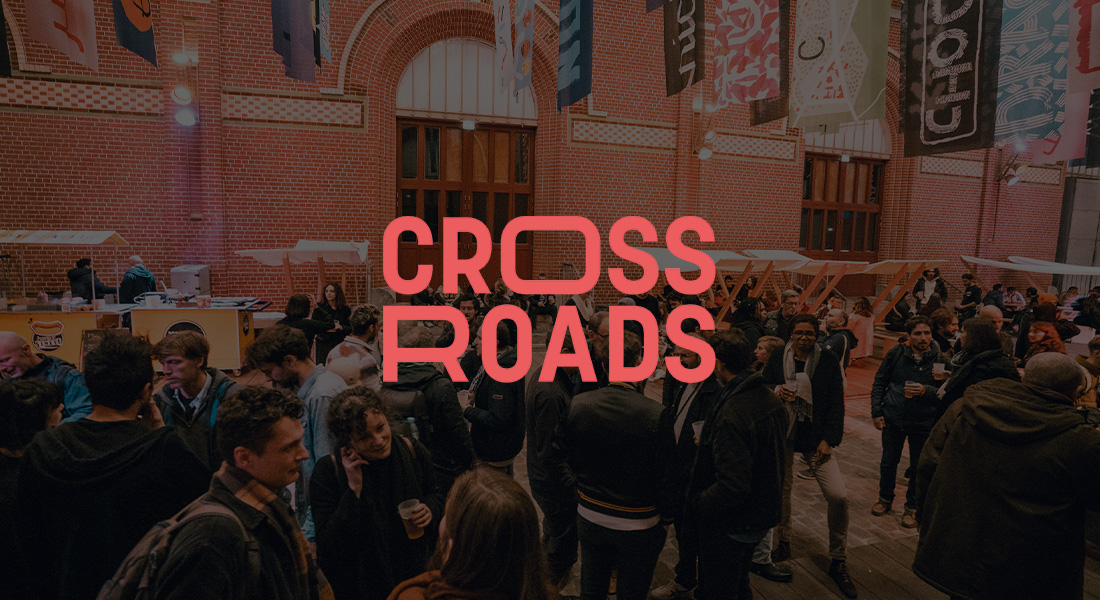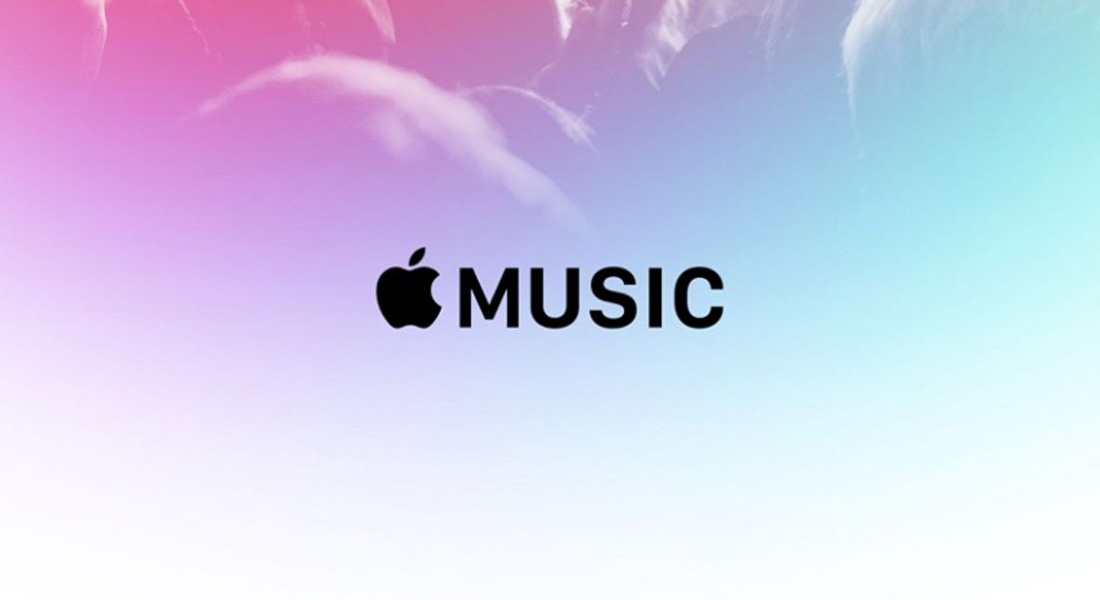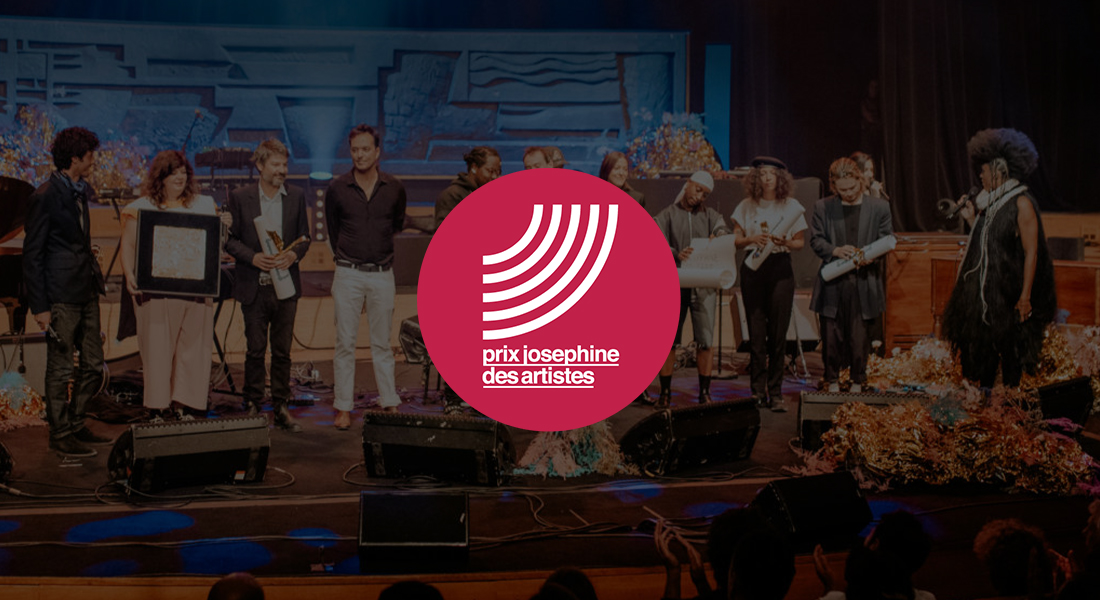How many streams you have earned is one of the main ways today to tell whether an artist is popular or not. And because it is difficult to get to that level of visibility today as an artist – and even more so when you are just starting out… some people resort to some illegal methods to try to become more popular. Since putting your music online has become easier than even thanks to music distributors as well as aggregators, these “DIY distributors” which allow artists of all types to publish their music on the platforms without having to sign with a label, it possible to start a career before having professionals around your project to help you grow. However, these DIY distributors have also helped increase quite dramatically the numbers of songs that get on Spotify & other platforms every day, so much that it has become extremely difficult to stand out from the crowd. And to do this, some artists resort to… buying fake streams.
The CNM – acronym for Center National de la Musique – a public body founded in January 2020, has recently unveiled an edifying study which dive deep into the data behind this new type of fraud that affects all platforms. This study is a first, worldwide, and the figures are sometimes quite alarming. Let’s dive in.

– The manipulation of online streams, year 2021, a study directed by the National Music Center in France.
It took 18 months of in-depth analysis to put this study together. This wide data analysis brought together streaming platforms, Sacem (French equivalent of PRS in the UK or BMI in the US), music distributors, unions as well as industry professionals.
The CNM’s study is based on the data for the year 2021 of the top 10,000 of Qobuz, Spotify and Deezer. When we think of fake streams we can quite easily, as there are in other areas (especially on social media), figure that bots packed in streaming farms listen to artists on a loop in order to boost the algorithm, but we less often think of the ways to access said streaming farms. One of the most frequent ways to get to them lies within third-party playlists whose subscribers are actually fake accounts, as well as people selling their services to people willing to buy them – whom the platforms cannot identify – to boost their numbers of streams.
“Based on the data provided by Deezer, Qobuz, Spotify and the panel of distributors (Universal, Sony, Warner, Believe and Wagram, who represent more than 90% of Spotify’s top 10,000 and more than 75% of the overall volume of streams on Deezer), we were able to identify that the share of fraud detected on the participating platforms in France is between 1% and 3% in 2021. In relation to market figures, this represents between 1 and 3 billion streams detected as being fraudulent. On Deezer and Spotify, more than 80% of streaming fraud occurs on the services’ long tail (out- side the top 10,000), while on Qobuz fraudulent activity is mainly concentrated to the most-listened to tracks.” – quote taken from the CNM’s press release.
Today there are ways to spot such illegal practices, and the platforms’ responses comes in various ways as well, ranging from shadow banning an artist (meaning that the algorithm no longer promotes the artist, often on the long run), to deleting these false streams from the statistics, passing by not paying the right-holders, or quite simply by banning the artist from the platform itself.
And if you wonder what musical genres are affected by these practices, well, all of them are. However, there is a prevalence in the most popular music genres, especially in rap, hip-hop and urban music aesthetics… as well as in ambient & background music. Why ? One of the main reasons is certainly that the main way to get known as a rap/hip-hop/urban artist is by getting famous on social media and on streaming platforms… the number of streams and followers thus playing a major role in the visibility and income they will get in their career. Not to mention these are, in France, the most popular music genres, which mechanically boosts the number of fake streams among these genres.
As for ambient and background music, where fake streams are spotted is a little different than among the rap and hip hop music genre. They are mostly found in very short tracks (between 30 and 45 seconds), that are to be found on third-party playlists and which run in a loop, mechanically boosting the number of streams. A short track will indeed reach the expected figures faster than a long song, especially since a stream is registered after 30 seconds on most platforms.
Similar to the CNM’s study : Spotify wants to promote independent artists on their platform… by taking a cut of their royalties
Are fake streams the early sign of the music industry’s “new crisis” ? One thing is certain, for it not to become a major issue in the upcoming months, streaming platforms are counter-attacking by improving their algorithms in order to spot fake streams and act accordingly when profiles that try to bypass the regular ways to make your audience grow. We’ll be watching this (not so) new phenomenon closely in the future.
More information to be found on the CNM’s website. You can also follow them on Instagram for more information about the French side of the music industry !








